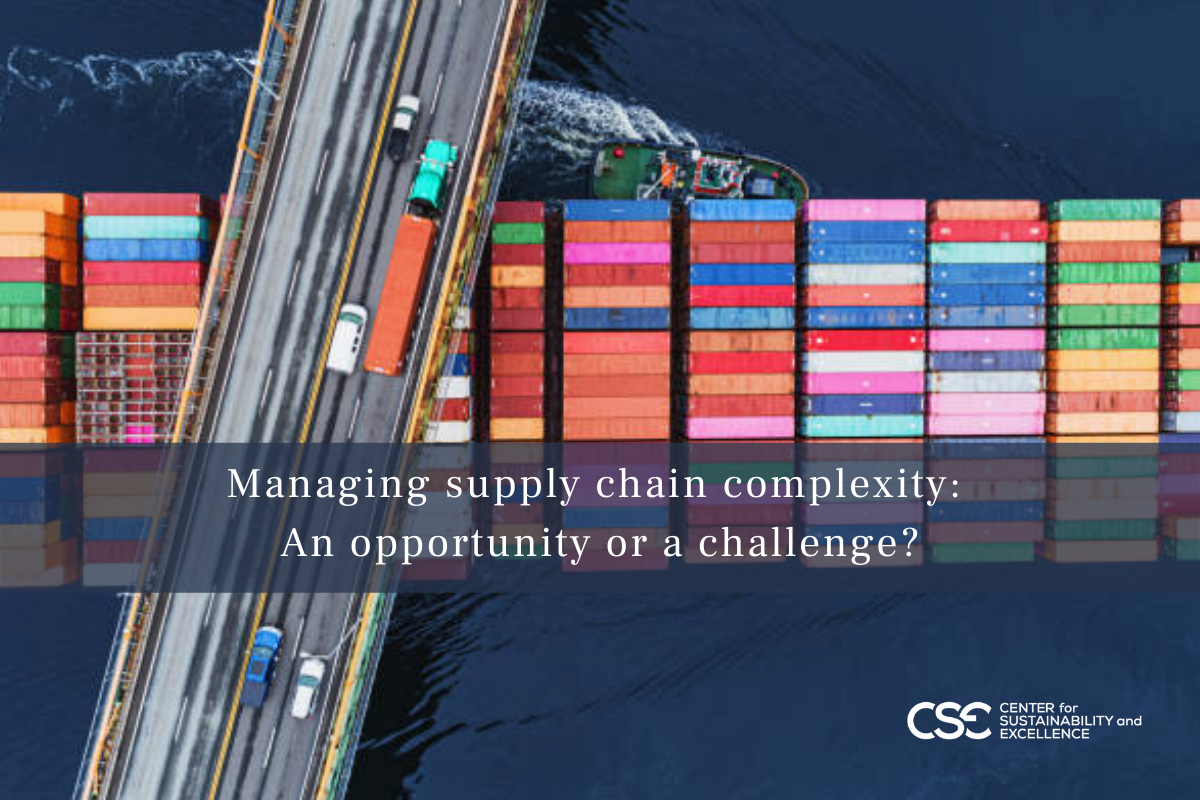Supply chain disruptions have become a major challenge for the global economy since the start of the pandemic. The supply chain management is most likely at the heart of discussions in every c-suite and board room.
It is no longer just a communications strategy to focus on the environmental, social, and governance (ESG) factors of supply chain management, rather than a strategic necessity for businesses to thrive in a rapidly changing global economy. One aspect of ESG reporting that has become popular and will continue to be in 2022, is the reporting of companies’ greenhouse gas inventories. For many sectors, scope 3 supply chains account for 80% of its greenhouse gas emissions, putting their overall ESG strategy at risk when the supply chain disruptions occur.
How companies engage with Scope 3 emissions reporting?
This question remains challenging. Scope 3 refers to all the indirect carbon emissions which occur in an organization’s value chain, whilst Scope 1 and 2 carbon emissions tend to sit within the organization. As the emissions stem from the activities of business partners and not the company itself, it is complicated to accurately record such Scope 3 emissions. As a result, companies that currently report their Scope 3 emissions, use a wide variety of methods. This means that it may not be appropriate to draw comparisons between the results of companies.
Mapping the supply chain
It is critical for companies to measure what matters. Companies will map the full scope of their supply chain (traceability) and report on outcomes and milestones (transparency). In doing so, companies build resilience as they can better anticipate potential opportunities and disruptions.
- Traceability: To mitigate disruption risk, companies must understand their supply chains. They need to map out not just their suppliers but also their suppliers’ suppliers. This mapping allows companies to identify weak points in their value chain. With more data, it is easier to reduce risk by diversifying the supplier pool for key materials or reduce the number of suppliers. These measures make them more resilient to unforeseen events like a global pandemic.
- Transparency: This includes identifying and tracking a set of milestones – an internal approach to materiality for ESG, metrics for performance against external standards and certifications, as well as disclosure to investors, customers, consumers, and employees.
Keep up with the latest trends by enrolling in the certification package program (both CSE’s leading programs): the Certified Sustainability ESG Practitioner Program & the GRI Certified Standards Training Course – Reporting with the NEW GRI Universal Standards. Improve your knowledge and have a sustainable supply chain that will uncover potential for innovation and market differentiation. Don’t miss the opportunity to acquire the professional certification issued directly by GRI, the world’s leading standard setter for sustainability disclosure!
Reach us at [email protected] for more information!







